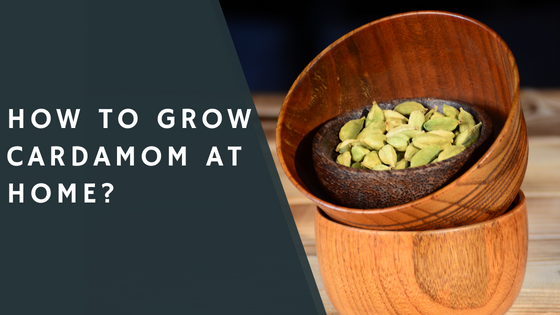Growing chili pepper is not difficult. With a little care, you can have a chili pepper plant that provides abundant chili peppers. Read on to learn how to grow chili pepper.
How to Grow Chili Pepper?
Chili peppers need full sun and well-drained, nutrient-rich soil with a pH between 6.0 and 7.0. Amend the soil with organic matter before planting. Sow pepper seeds indoors about eight weeks before the last frost date in spring. Use a seed-starting kit with bottom heat for the best germination rates.
Peppers are warm-season crops that take 60 to 90 days from transplanting to harvest. Peppers are ready to pick when they reach their full color. Harvest bell peppers when green and hot peppers when red, orange, or yellow. Cut peppers from the plant with clean, sharp shears.
After harvesting, remove the stems, seeds, and ribs from the peppers before using or cooking. Stems, seeds, and ribs contain capsaicin, which makes peppers hot.
To remove the capsaicin:
- You can grill the peppers or burn them over a gas flame.
- Allow the peppers to steam for 10 minutes in a paper bag.
- Wear gloves when handling hot peppers.

See Also: How to Dry Chili Peppers?
How to Grow Chili Pepper?
To grow chili peppers, start by finding a sunny spot with well-draining soil and planting your chili pepper seeds either directly in the ground or in a pot. Water the seeds and soil well and keep the soil consistently moist.
Once the seedlings have reached 6 inches tall, add an organic fertilizer to the soil. Make sure to continue to water the chili peppers regularly, and when the peppers are ready to harvest, cut them off the plant with a pair of scissors.
How Long Do Chillies Take to Grow?
Chili pepper plants are annuals, meaning they only live for one growing season. They are typically started from seedlings, which are then transplanted into the ground once they are big enough.
Chili peppers generally take 60-90 days to mature and produce fruit. However, the amount of time it takes for a chili pepper plant to bear fruit will depend on the specific variety of chili pepper and environmental factors such as temperature and rainfall.
Is Chili Pepper Easy to Grow?
Chili pepper is not difficult to grow, but there are a few things to remember. First, chili peppers need full sun and well-drained soil. They also require consistent watering, especially during the fruiting stage.
If you live in an area with hot summers, you can direct seed your chili pepper plants outdoors. If you live in an area with cooler summers, start your plants indoors about 6-8 weeks before your last frost date.
To plant, dig a hole slightly larger than the root ball of your plant and gently firm the soil around the base of the plant. Water thoroughly after planting.
Once your chili pepper plants are established, they will need little care other than regular watering and occasional fertilization. Peppers are heavy feeders and will benefit from being fertilized every 2-3 weeks with a water-soluble fertilizer.
Harvest your chili peppers when they are fully ripe – typically, when they are bright red or orange. Then, cut the stem close to the fruit using pruning shears or a sharp knife to pick them.
How Many Chili Peppers Do You Get Per Plant?
Chili peppers are typically harvested when red but can also be harvested while still green. Therefore, the number of chili peppers you get per plant depends on the variety of chili pepper plants you are growing. For example, the jalapeño pepper plant typically produces 10-20 peppers per plant.
Can I Grow a Chilli Plant from a Chilli?
If you have a fresh chili pepper, you can grow a chili plant from it. Just remove the seeds from the pepper and plant them in potting soil.
Keep the soil moist and warm, and in a few weeks, you should see seedlings emerge. Once the seedlings are a few inches tall, you can transplant them into individual pots or your garden.
How Many Years Do Chilli Plants Last?
Chili pepper plants can last for several years if properly cared for. However, they will eventually start to produce less fruit as they age. At this point, it is usually best to replace the plant with a new one.
Conclusion
Chili pepper is an excellent addition to any garden; with the right care, it can thrive. Be sure to plant your chili pepper in well-drained soil and give it plenty of sunlight.
Water regularly and fertilize monthly to ensure optimal growth. With a little TLC, your chili pepper plants will produce an abundance of peppers that can be used in all sorts of dishes. Enjoy!
Read Also: How Much Chili Pepper Per Day?
I am an accomplished tech writer with a passion for simplifying complex technology concepts. With a background in Tech, James has dedicated their career to making the intricacies of the digital world accessible to a broad audience.








